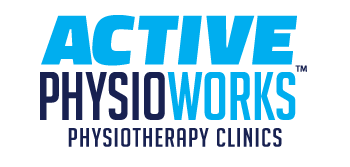Knee Pain while Running
Jun 02, 2015
There are 2 common causes of knee pain during running in individuals without a history of knee injuries. Both avid distance runners and beginners alike are commonly afflicted with knee woes at some point in their training. Patellofemoral Pain Syndrome (PFPS) and Iliotibial Band Syndrome (ITBS) are the two most common culprits.
PFPS (“Runners Knee”)
Patellofemoral Pain Syndrome is usually described as a duller ache behind or around the kneecap which is increased by prolonged sitting with knee bent, or loading of the knee (running, stairs, jumping). It is the most commonly diagnosed knee pathology, representing 16-25% of all diagnoses. Listed below are potential causes of PFPS:
- Increased physical activity level
- Patellar malalignment in the femoral groove
- Hip and quadriceps muscle imbalance/weakness
- Tight anatomical structures (retinaculum, IT band)
It is unlikely that one of these factors alone is causing your PFPS, it is more likely caused by contributions from a couple or all of the aforementioned points.
ITBS
The Iliotibial band (IT band) is a strip of fascia (connective tissue) that travels on the outside of the thigh. The IT band starts in the hip and attaches just below the knee; it is pulled on by muscles in the hip in order to cause movement. IT Band Syndrome is typically described as specific pain on the outside of the knee. The pain Dynain ITBS is caused by friction between the IT band and your femur as the knee bends and straightens repetitively (such as when running).
Tightness in hip muscles that attach to your IT band, as well as weakness in your hip abductor muscles are 2 of the biggest musculoskeletal causes of ITBS. Several other factors can be contributors or causes of ITBS such as:
- Training habits (overtraining, running surface, etc.)
- Footwear (worn out shoes, poor arch support, etc.)
- Anatomical factors (leg length differences, over pronation or supination of foot, bow legs)
- Running technique (excessive foot strike force, “bouncing”, etc.)
Solutions
There are some “quick fixes”, such as tape jobs and modifications to running technique that can help to reduce or delay the onset pain from these conditions. The best solution of course is to identify and correct the causes of your pain. An assessment by a physiotherapist will provide you with a series of stretches and strengthening exercises that, if performed regularly, will greatly improve and eventually resolve your knee problems.
Book in to see one of our qualified physiotherapists today. Give us a call at 780-458-8505.
Please add your bio info through your member profile page, or through your dashboard.

